Ceiling Masterclass: 7 Inspiring Designs and Insider Tips for Perfecting Your Inspection

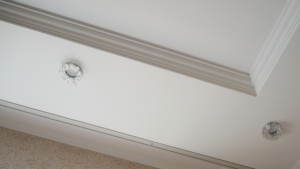
Prepare to be captivated by the breathtaking beauty that can be achieved above your head as we showcase seven inspiring ceiling designs that are sure to leave you in awe. But we won't stop there; we'll also equip you with the knowledge and expertise needed to perfect your inspection techniques. Whether you're a homeowner, a designer, or a seasoned professional, this blog post will unravel the secrets behind flawless ceiling inspections. Get ready to unlock the potential of your ceilings and embark on a journey of creativity and precision. Let's soar together into the world of magnificent ceilings and uncover the tips that will make your inspections truly exceptional.
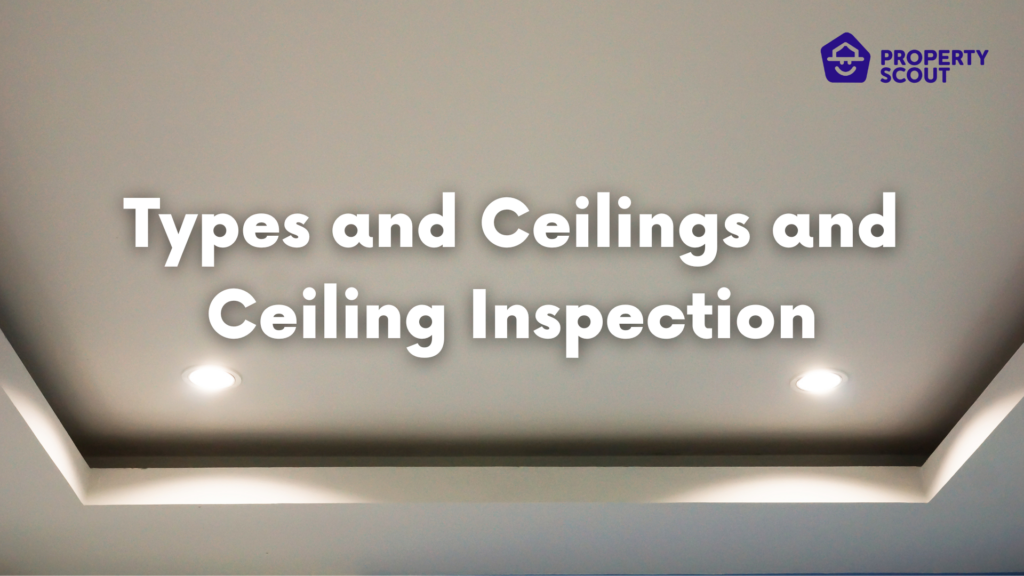
The 7 Ceiling Types
Smooth Plaster Ceiling
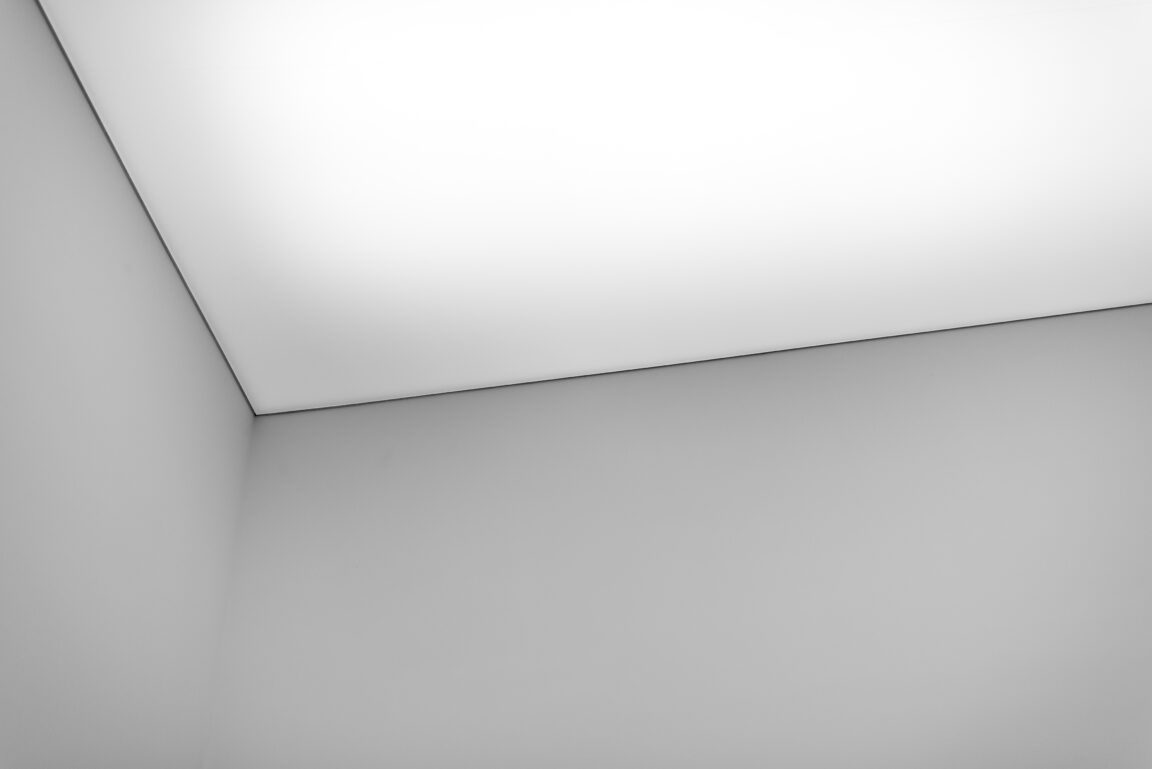
Embraced across various architectural styles, the first type of ceiling we'll explore is a timeless favorite. Its versatility seamlessly complements classic, modern, vintage, and contemporary homes alike. What sets it apart is the uninterrupted expanse it creates, seamlessly blending with an aluminum framework that connects to the roof structure. Typically a permanent installation, this type of ceiling employs lightweight materials like gypsum and fiber cement boards, ensuring a hassle-free setup. Skilled craftsmen meticulously plaster and paint the ceiling boards, resulting in a flawless, joint-free surface.
T-Bar
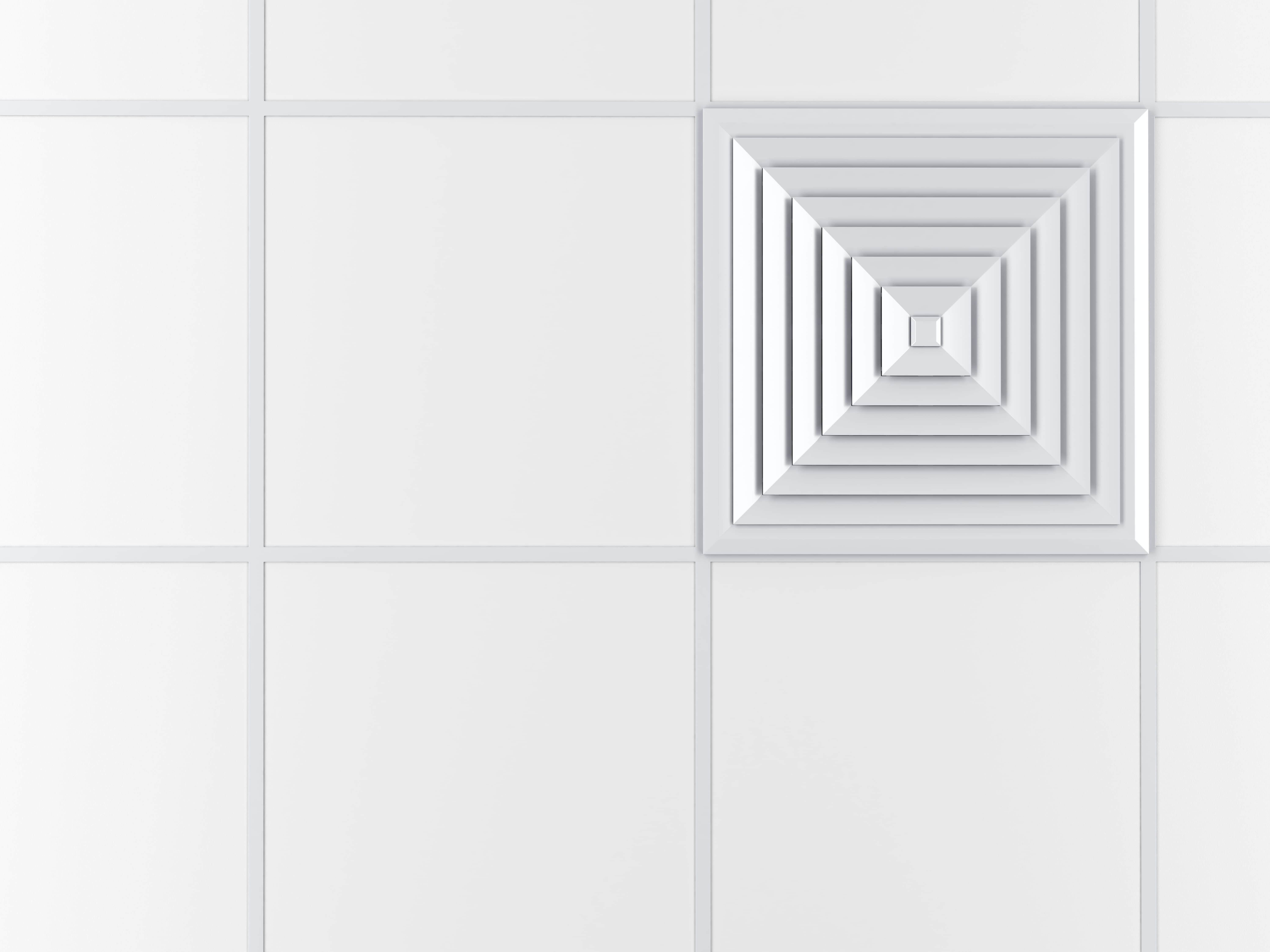
Renowned for their easy installation, cost-effectiveness, and low maintenance, T-bar ceilings offer a host of benefits. Should any issues arise, accessing and repairing them is a breeze by simply lifting the ceiling panels. What's more, specific damaged areas can be replaced without the need for extensive reconstruction. These ceilings feature interlocking T-shaped inverted frames, forming appealing rectangular grids. Available in standard sizes of 60x60 cm or 60x120 cm, fitting the ceiling panels into place becomes a seamless process once the frames are installed.
Dropped Ceiling
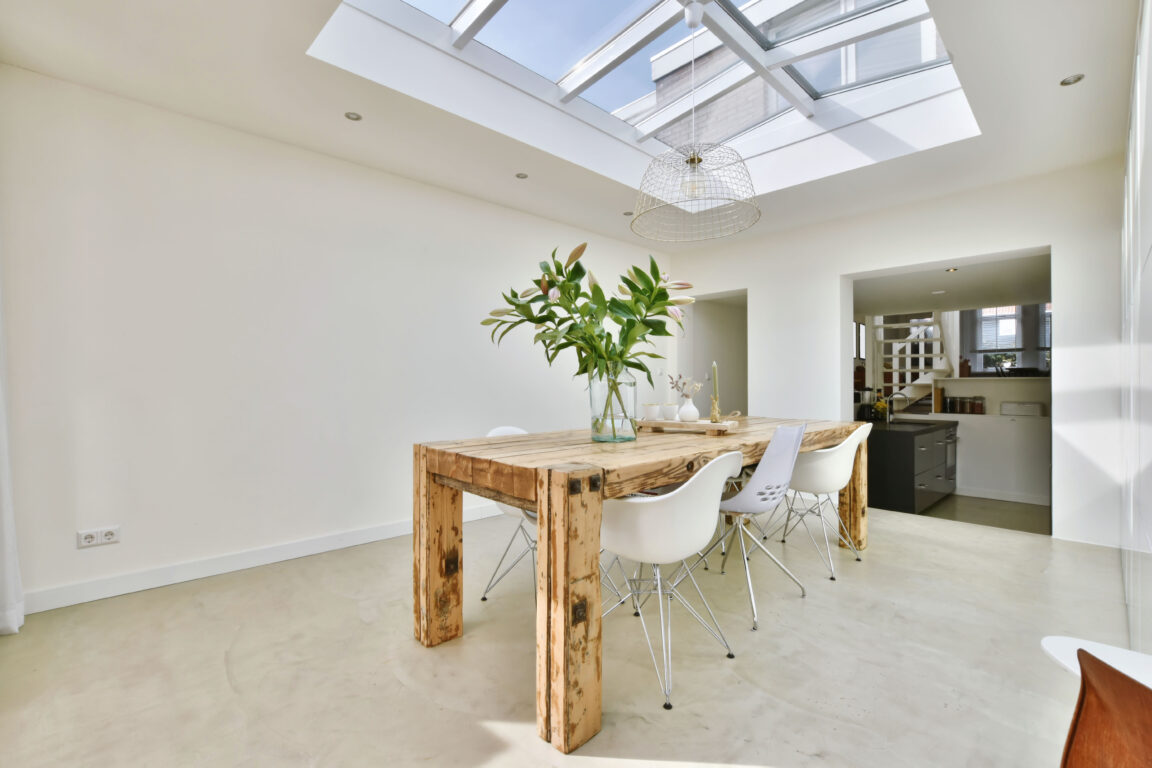
Discover the captivating allure of drop ceilings, an extraordinary ceiling type that infuses homes with a sense of novelty. Once installed, these ceilings effortlessly elevate spaces, transforming them into luxurious and modern havens. With their multidimensional design and varying levels, drop ceilings create a striking visual impact, amplifying the perception of space from floor to ceiling. Frequently found in resorts, meeting rooms, and offices, drop ceilings offer versatility and style. They can be adorned with decorative crown molding or incorporate recessed panels, seamlessly concealing lighting fixtures, system components, or air conditioning units. In single-story buildings, drop ceilings can even incorporate glass panels, ushering in an abundance of natural light.
Ceiling with Concealed Lights

Resembling a drop ceiling, this innovative design introduces a gap between the ceiling and the floor, purposefully accommodating lighting fixtures. The result? A mesmerizing interplay of contrasting shades and luminosity that elevates the room's ambiance. Immerse yourself in a soft and visually comforting experience, indulging in an air of luxury and individuality. For those who seek this captivating atmosphere, embrace the concealed lighting ceiling or enhance it with exquisite ceiling lights and dazzling chandeliers. Prepare for a home that exudes allure, sophistication, and an irresistible charm that beckons you inside.
Acoustic Ceilings
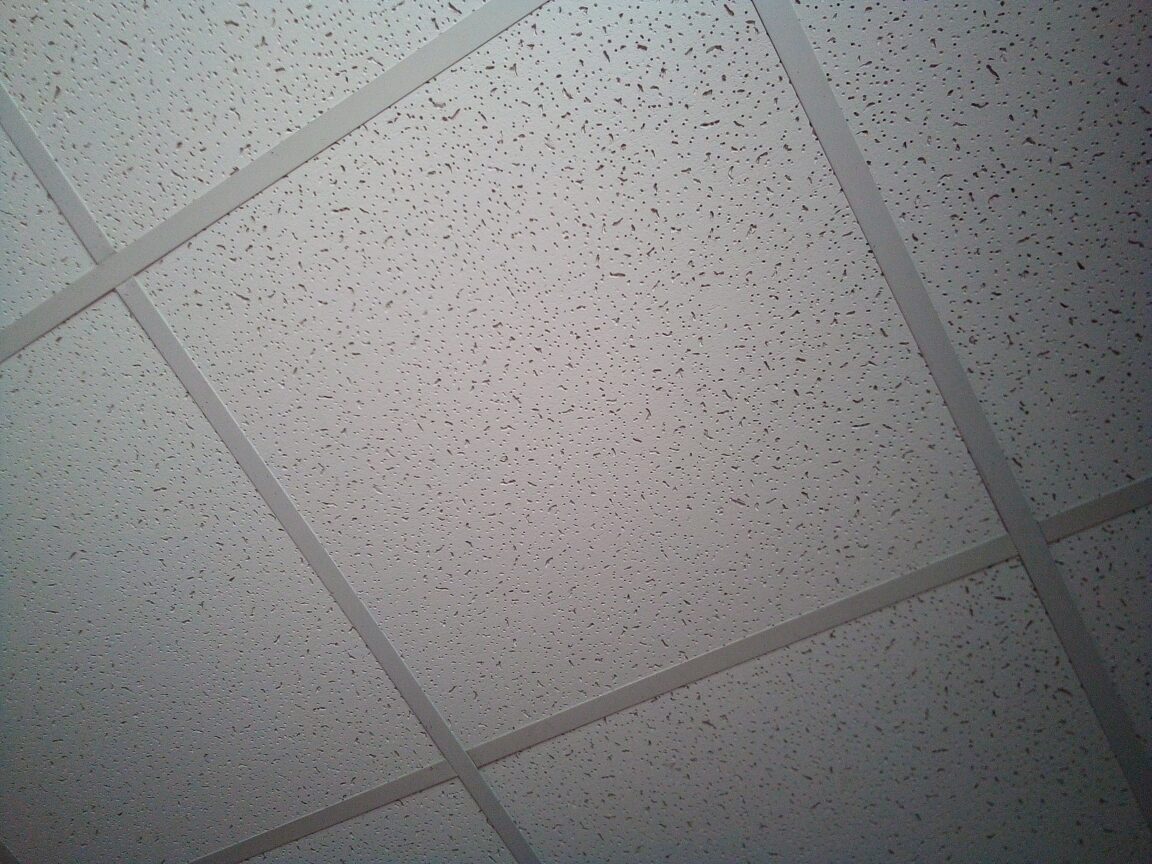
Discover the ultimate solution for a serene and peaceful atmosphere with acoustic ceilings. Renowned for their remarkable sound absorption capabilities, these ceilings effectively eliminate echoes and external disturbances, providing the perfect soundscape sanctuary. While they have long been popular in cinemas, conference rooms, exhibition halls, and music studios, acoustic ceilings are now making their way into residential spaces, offering tranquility and serenity for your home.
Say farewell to disruptive noises and welcome a harmonious environment into your living space. Whether you're seeking to create a quiet oasis in your bedroom or a serene ambiance in your living room, acoustic ceilings come highly recommended. With a variety of options available, including Acoustic Boards, M boards, or foam panels, you can effortlessly tailor your acoustic haven to suit your personal style and preferences.
Tray Ceilings

Coffered ceilings have gained immense popularity as both decorative elements and functional structures. Not only do they elevate the aesthetics of a space, but they also serve as clever concealers for various systems like plumbing and electrical wiring. Additionally, their unique design facilitates improved air circulation, resulting in better ventilation and a fresher atmosphere. What's more, coffered ceilings offer easy maintenance and repairs, thanks to their closely installed or minimally spaced configurations. With their modern, spacious, and visually captivating appeal, these ceilings effortlessly blend with the natural ambiance of a room, creating a cozy and inviting environment. While commonly found in public buildings such as grand lobbies, hotel corridors, bustling shopping malls, and even train stations, the allure of coffered ceilings extends to residential spaces as well. Discover how these stunning ceilings can transform your home into a haven of style and functionality.
Specialized Ceilings
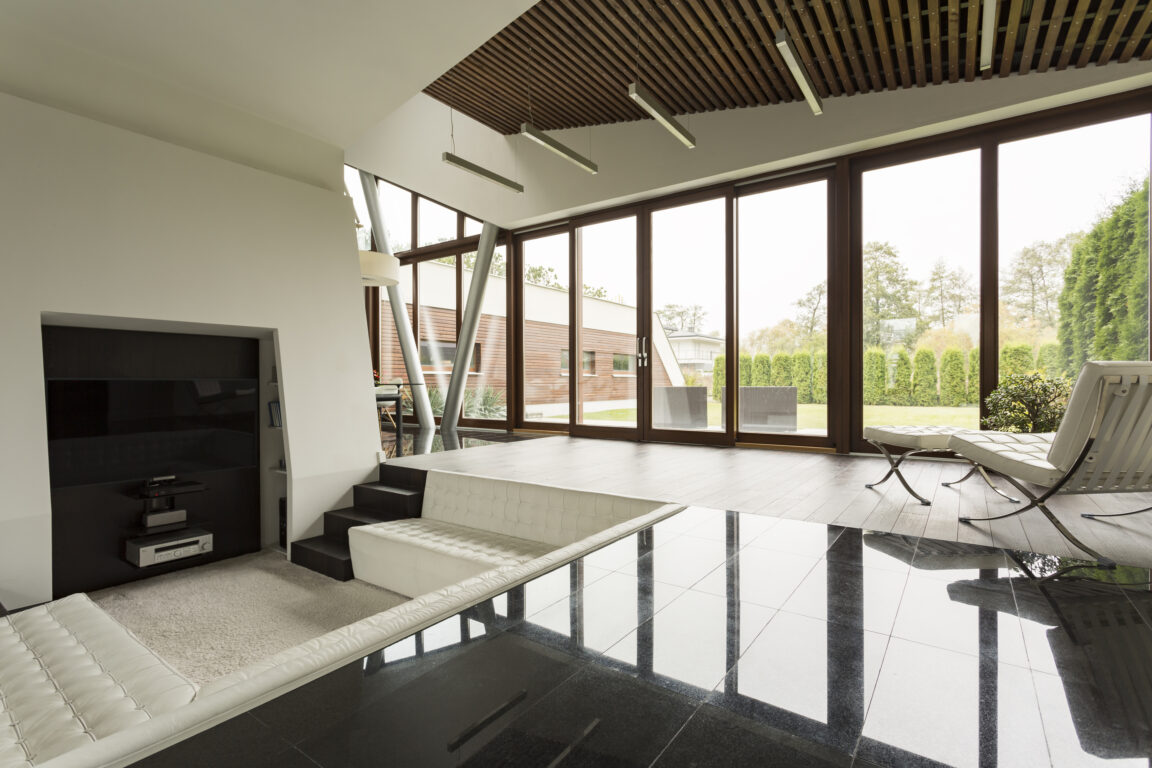
Specialized ceilings offer a unique advantage compared to other types of ceilings mentioned earlier, as they are specifically crafted to achieve exceptional aesthetic appeal. These ceilings are meticulously designed to create a remarkable and captivating ambiance in every space and building they adorn. They are commonly seen in hotels, shopping malls, and retail establishments, adding a touch of elegance and allure. What sets specialized ceilings apart is their ability to incorporate a variety of materials, such as glass, acrylic, wood, fabric, or even foliage, depending on the desired design theme. However, due to their intricate nature, installing specialized ceilings requires the expertise of skilled professionals. It's worth noting that opting for this type of ceiling in residential settings may require a higher budget investment, as the craftsmanship involved is of the highest quality. Ultimately, it's a testament to the value of investing in exquisite artistry.
Ceiling Inspection Tips

- Ceiling smoothness consistency
Before finalizing ceiling installations, it is essential to conduct a preliminary inspection to ensure quality. Start by visually examining the ceiling surface for any irregularities or unevenness. To measure the height from the floor to the ceiling (Floor to Ceiling), employ a measuring tape at multiple locations. Typically, a slight variation of 1-2 centimeters is within acceptable limits. However, if you observe a significant difference, such as 5 centimeters, it indicates a potential problem with the ceiling level. In such instances, it is crucial to promptly inform the project team to address and rectify the issue. This diligent inspection process guarantees a flawless and visually pleasing ceiling.
- Ceiling Height
When it comes to the ceilings in our homes, it's important to consider their height and how they make us feel. If you ever get the sense that a ceiling is unusually low or it gives you a feeling of compression, it's worth taking out the measuring tape and determining the height from the ceiling to the floor (Ceiling to Floor). In residential settings, it is generally recommended that the distance from the floor to the ceiling should be no less than 2.60 meters (8.53 feet). Remember, the higher the ceiling, the more spacious and open the room will appear, creating a comfortable and inviting atmosphere.
- Seam Lines
Ceilings are typically constructed with panels measuring 1.2 meters in width and 2.4 meters in length. During the installation process, these panels are securely attached to the framework using screws. To create a seamless appearance, fabric tape is applied along the joints between panels and where the ceiling meets the wall. A smooth coating is then added to ensure a flawless finish.
To ensure quality, it is important to visually inspect the entire ceiling surface. Look for any signs of unevenness, protrusions, or visible cracks. If any issues are detected, it is crucial to promptly notify the project team for necessary repairs and refinishing.
In the case of a bar ceiling, where panels are placed without joint coating, it is essential to check the alignment of the bars. Verify that they are straight and free from sagging. Additionally, ensure that the ceiling panels fit tightly without any noticeable gaps or visible grooves along the edges.
- Check if there are service gaps under the roof
In residential settings, it is important to have service gaps in the ceiling to provide access for addressing maintenance issues that may occur beneath the roof, such as electrical system repairs or roof leakages.
These service gaps are typically designed with dimensions that allow for easy human access, usually around 0.60x0.60 meters. When conducting inspections, it is essential to ensure that the service gaps are in good condition, with strong and reliable supporting edges, and that the access panels themselves are free from any cracks or damage.
- Functionality
When it comes to most living spaces like bedrooms, lounges, and guest rooms, regular ceilings are suitable. However, certain areas require special consideration. Bathrooms, exterior ceilings, parking garages, and sloping ceilings should have moisture-resistant ceilings to withstand the unique challenges they face. These ceilings are crafted using materials infused with moisture-repellent properties. To ensure you have the right type of ceiling, check the product label for clear indications such as "Moisture-Resistant Drywall" or look for a green-colored back and edges.
During inspections or when accessing areas beneath the roof, it's important to pay attention to the ceilings. Climb up through service gaps and carefully examine the ceilings in bathrooms and sloping areas to confirm if they possess moisture-resistant features. Should you discover that these spaces lack moisture-resistant ceilings, it's recommended to promptly inform the project team so that appropriate replacements can be made. By choosing the right type of ceiling, you can effectively protect these specific areas from moisture-related issues.
- General Inspections
One crucial aspect to consider is the overall finishing quality. Take a close look at the paint job, ensuring it is flawlessly smooth with no streaks or drips. It's also important to examine the drill holes, particularly those for light fixtures, to ensure they are perfectly aligned and free of any gaps around the edges. Additionally, pay attention to the joint between the walls and the ceiling, ensuring it is seamless without any visible gaps. These meticulous details play a significant role in achieving a polished and well-executed final appearance.
Conclusion
In conclusion, the ceiling is not just a functional element of your space but also an opportunity to elevate the aesthetics and create a statement. By implementing the right design, materials, and techniques, you can transform your ceiling into a breathtaking focal point. Remember to consider factors like lighting, texture, color, and symmetry to achieve a harmonious and visually stunning result. Whether you opt for a classic, modern, or daring design, let your imagination soar and turn your ceiling into a true masterpiece. With the insights and tips shared in this masterclass, you have all the tools you need to embark on your journey towards a flawlessly designed and inspected ceiling. So, go ahead, unleash your creativity, and take your ceilings to new heights!
Find your ideal property, available for sale or rent in the best prices possible, or list your property for sale or rent here. Alternatively, if you have any further questions, please get in touch with us:



